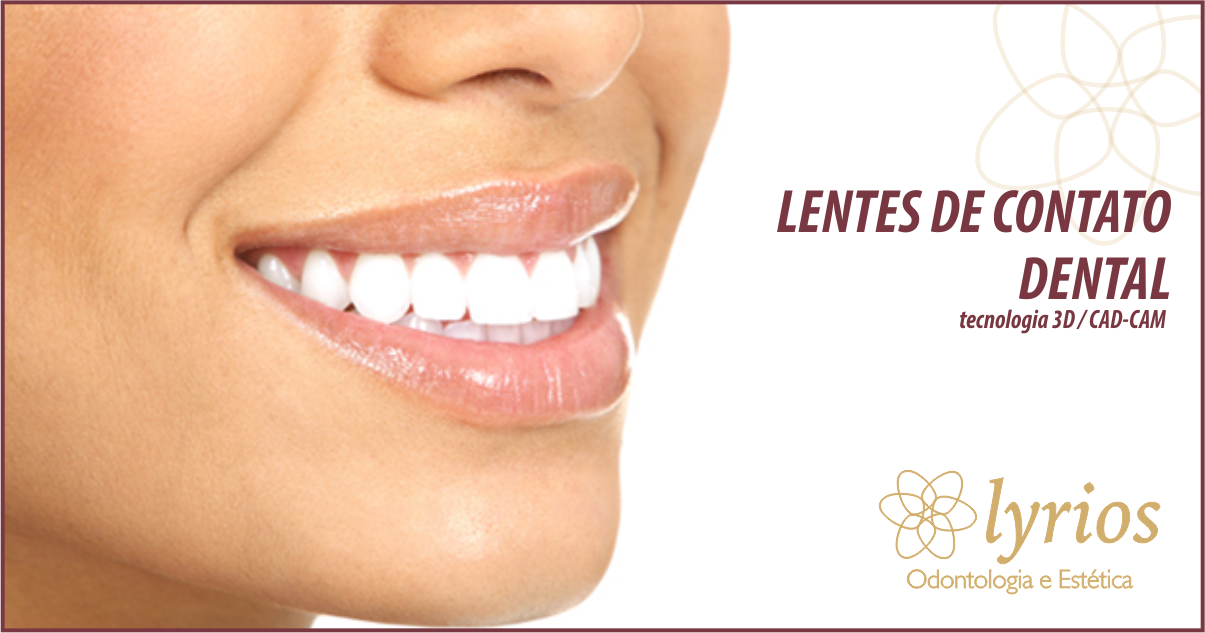WHAT IS?
Contact lenses, or facets, are thin ceramic, porcelain, or resin blades glued and fixed to tooth enamel to correct stains, imperfections, gaps, splinters, and fractures.
HOW IS THE PROCEDURE DONE?
STEP 1: Before Placement
At this stage patient participation is critical. During the appointment the dentist will examine and evaluate your teeth to arrive at the conclusion if the dental contact lenses are right for you. Your dentist can order X-rays, use CAD - CAM technology, and sporadically make virtual molds which the dentist scans your teeth with an intraoral camera and these are designed into software.
STEP 2: Lens Manufacturing
After the dentist's evaluation, he follows the lens-making procedure. When preparing a tooth for dental contact lens placement, the dentist will remove approximately 0.3 to 0.8 millimeters of enamel from the tooth surface, which is an amount proportional to the thickness of the lens.
After projecting the lens on the computer, can modify and analyze in 3D image. Then it's made in a milling machine that makes the piece a matter of minutes, doing exactly as planned and accurately. And that builds the dental contact lens according to your tooth.
STEP 3: Lens Placement
In the third and final step your tooth will be polished and made up as you choose. This is part of the preparation to allow a strong bonding and bonding process. A special resin cement fixation system for lenses is applied to the contact lens and then fixed to the tooth.
After properly positioning over the tooth, the dentist applies a special beam of light to the dental coating, which activates the chemicals in the glue causing it to harden or dry quickly. At the end of the procedure any excess cement will be removed, and bite adjustments have already been made to the computer as the lens is ready for placement.
Who is the dental contact lens for?
For people who have discolored teeth or because of a root canal treatment.
Teeth with tetracycline stains or other medications, and also by the excess fluoride called dental fluorosis.
People with worn teeth.
Teeth that are chipped, broken or crooked.
For people with misaligned, irregular or irregular teeth, for example, they have holes or gaps.
Who is not suitable for dental contact lenses?
It is not suitable for children and adolescents who are undergoing dental growth. It is also not indicated when the patient already has porcelain or ceramic prosthesis in the teeth, in this case there is the option to exchange these old porcelains for the same material which the lens is made of, but it covers the whole tooth.
ADVANTAGES OF PLACING DENTAL CONTACT LENS
The main advantages for those who choose to put on dental contact lenses are that the appearance of the lenses is natural, there is no artificial appearance but very clear and the reflected brightness is almost the same as a normal tooth. Another advantage is that gum tissue tolerates porcelain well, and porcelain contact lenses are very stain resistant, but you should take the necessary precautions and not abuse this advantage. Your smile will look natural and beautiful because there color of lenses mimics the white of the natural tooth.
What is the duration of the dental contact lenses?
DURATION TIME: Approximately 5-10 years, varies depending on whether the patient takes proper care.
Right after this “validity” time or duration, you need to go to the dentist to change them. Dental lenses do not require any special care, it is only recommended to follow oral hygiene practices, such as brushing and flossing.
The maintenance of dental contact lens will be done in the office, in routine consultations. Ideally, you should return to the dentist every six months after lens placement. After one year of lens placement, the return time to the dentist's office increases, so you can return to maintenance every year.
Porcelain has properties very similar to those of tooth enamel so it is very resistant, but it is essential to take care of hygiene.


FOLLOW US ON SOCIAL NETWORKS!